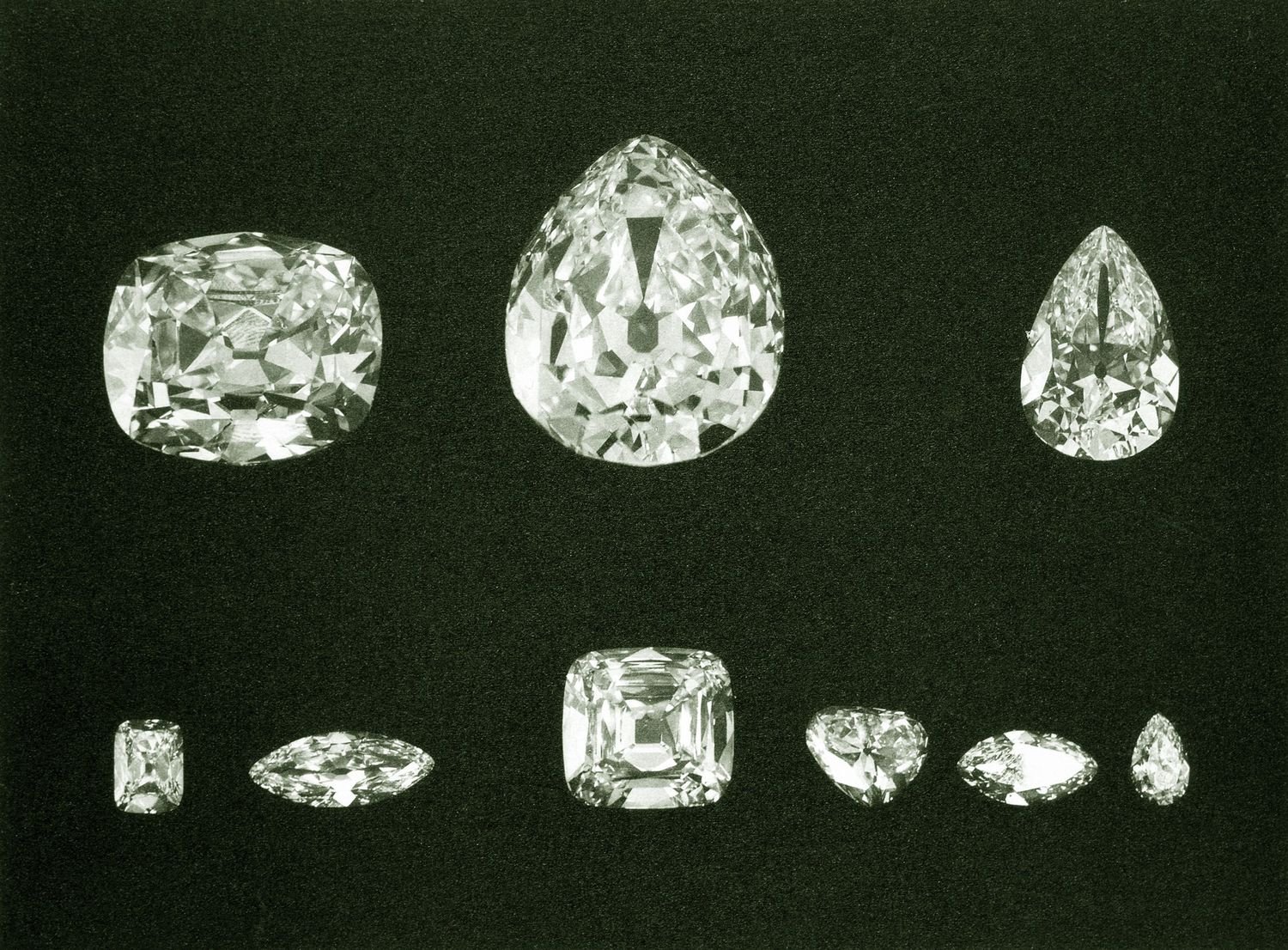
In 1905, a significant chapter in the history of gemstones was written with the discovery of the Cullinan Diamond, the largest gem-quality rough diamond ever unearthed. Found in the Premier Mine near Cullinan, South Africa, this monumental diamond weighed an astounding 3,106 carats in its raw form, showcasing a size and clarity that captivated the global gem industry.
The discovery of the Cullinan Diamond was nothing short of extraordinary. It was unearthed during a period of intense diamond exploration, and its sheer scale immediately set it apart from any previously known gem. The diamond’s massive size and remarkable clarity made it a geological marvel, sparking excitement and wonder among gemologists and jewelers worldwide.
Following its discovery, the Cullinan Diamond was carefully cut into several notable gemstones. The cutting process, undertaken by Joseph Asscher & Co., was a delicate and intricate operation. Among the resulting gems were the Cullinan I and Cullinan II. Cullinan I, also known as the Great Star of Africa, weighs 530.2 carats and is renowned for its dazzling brilliance. It now graces the British Sovereign’s Royal Sceptre, a symbol of royal power and prestige. Cullinan II, or the Lesser Star of Africa, at 317.4 carats, is set in the Imperial State Crown, further cementing its place in history.
The Cullinan Diamond’s legacy extends beyond its impressive size. Its discovery and subsequent cutting marked a significant advancement in the art of gemology and diamond cutting. The gem’s journey from the rough stone found in South Africa to its place in the British Crown Jewels highlights both the technical skill involved in its transformation and its enduring cultural significance.
Today, the Cullinan Diamond stands as a testament to the extraordinary natural beauty and historical importance of gemstones. Its story continues to fascinate and inspire, symbolizing the grandeur and allure of one of the world’s most remarkable natural treasures.
